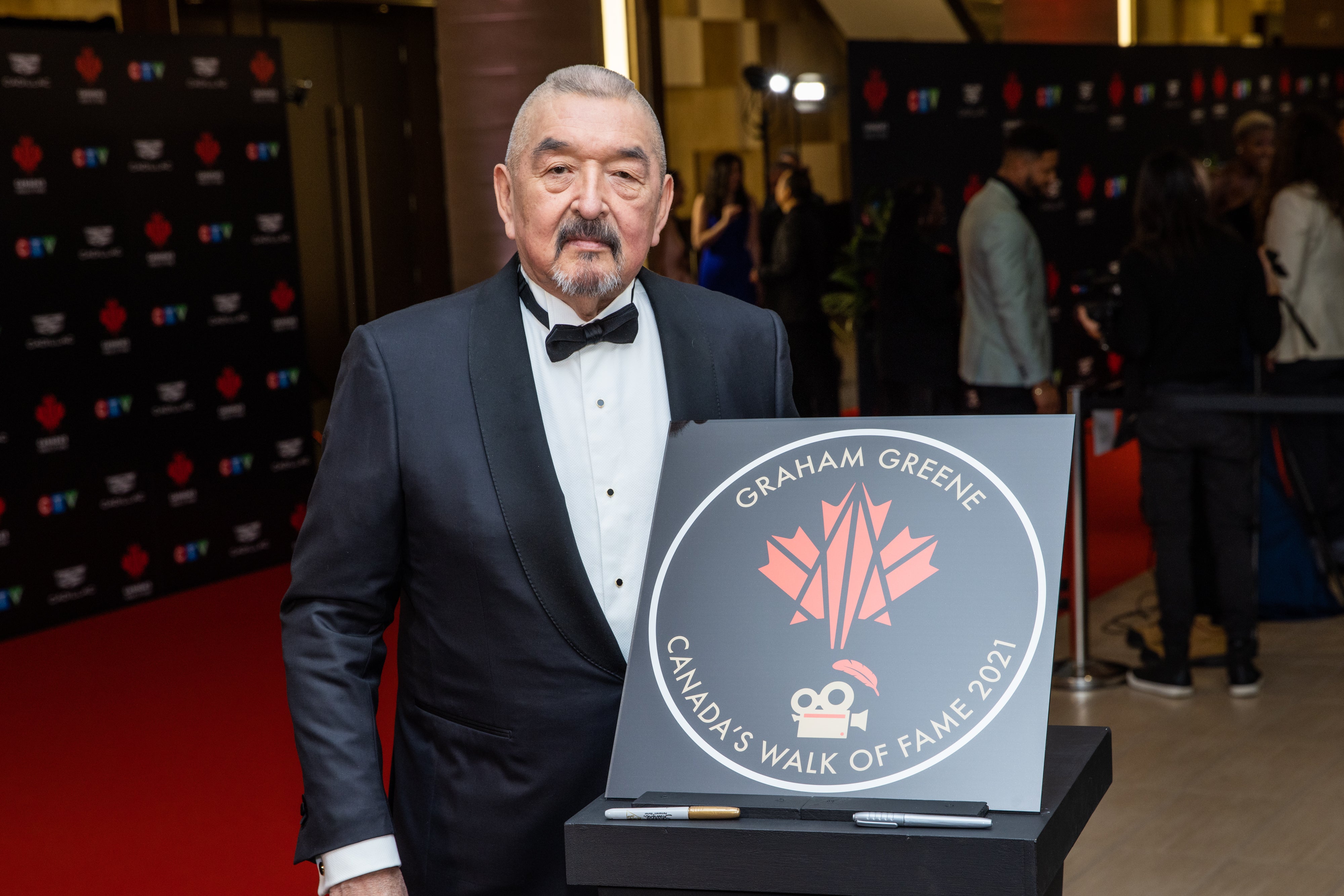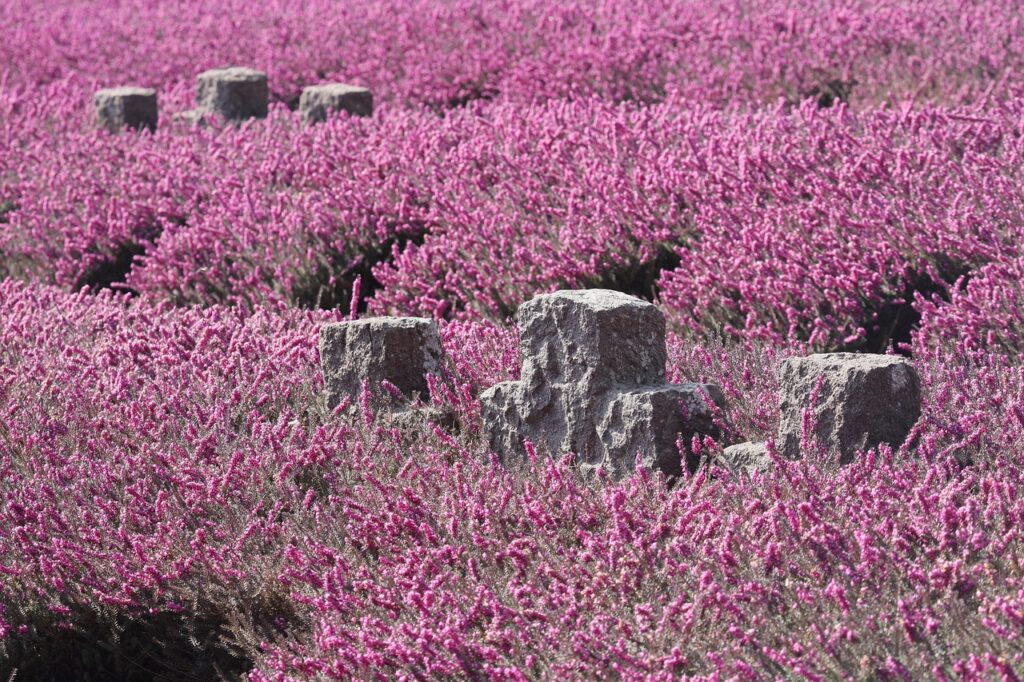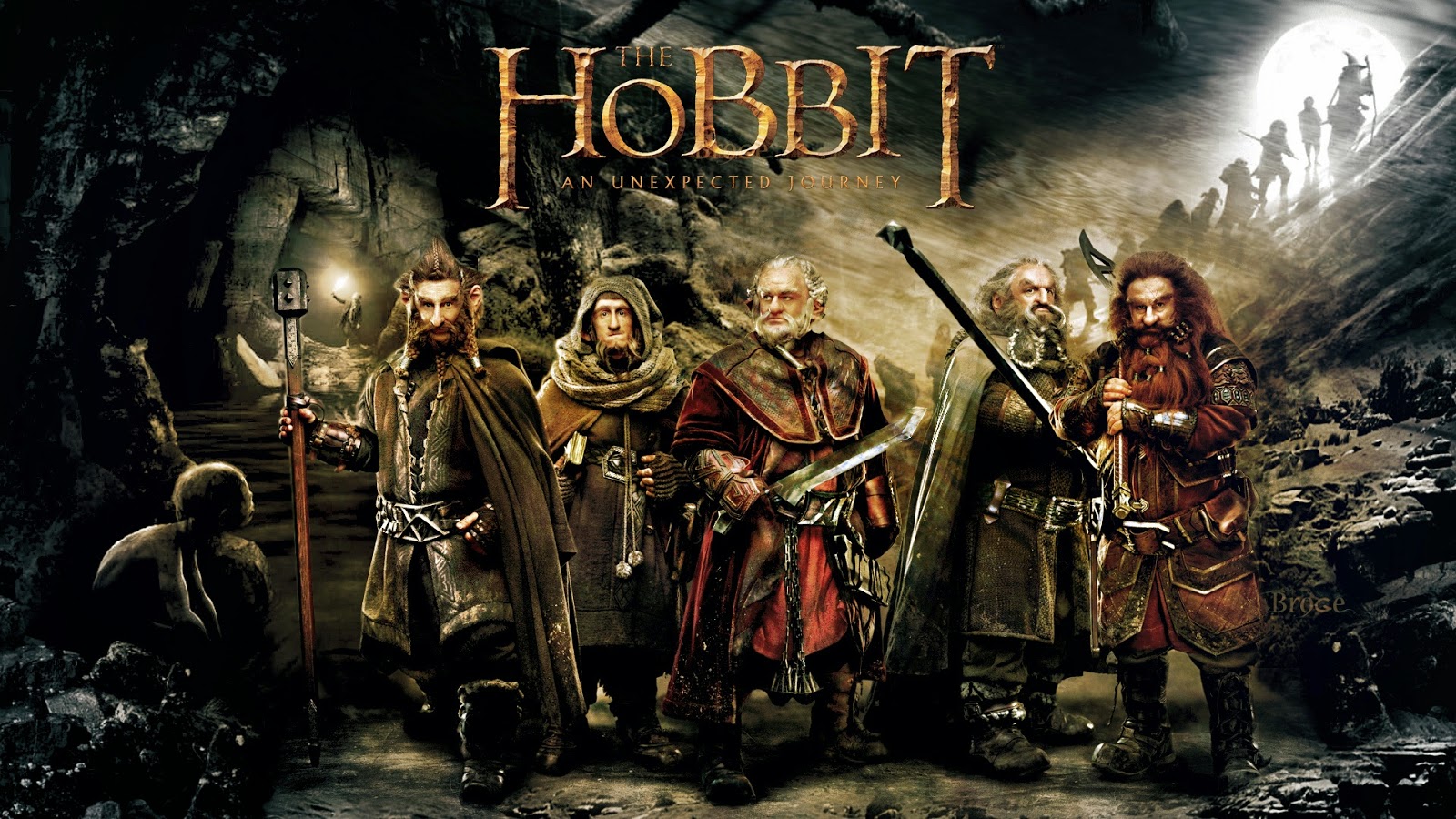
Graham Greene, the Oscar-nominated actor whose powerful portrayal of Kicking Bird in Kevin Costner’s Academy Award-winning 1990 film, “Dances With Wolves,” captivated audiences worldwide, has passed away at the age of 73. His death on Monday in Stratford, Ontario, following a lengthy illness, marks the end of a prolific career that spanned nearly a half-century and included almost 200 acting credits across film and television. A trailblazing Indigenous Canadian, Greene left an indelible mark on Hollywood, persistently challenging stereotypes and advocating for authentic representation.
His passing, confirmed by his agents, has prompted a wave of tributes from colleagues and admirers, all speaking to his profound impact both on screen and off. Greene was more than an actor; he was a cultural figure who, with dignity and unwavering resolve, reshaped perceptions and opened doors for future generations of Indigenous talent. His life story is a testament to perseverance, artistic integrity, and a deep commitment to his heritage.
This article delves into the remarkable life and career of Graham Greene, exploring the pivotal moments that defined his journey from a young man on the Six Nations Reserve to an internationally acclaimed actor. We examine his seminal role, the challenges he overcame, and his steadfast refusal to be confined by narrow ethnic categorizations. His legacy is one of quiet strength, profound artistry, and an enduring call for greater understanding and respect within the cinematic landscape.

1. **Early Life and Reluctant Entry into Acting**Graham Greene was born on June 22, 1952, in Ohsweken, a community nestled on the Six Nations Reserve in southwestern Ontario, Canada. His upbringing in this Indigenous confederacy shaped his identity, leading him later to declare himself North American rather than solely Canadian, a stance rooted in a rejection of arbitrary borders.
His path to acting was anything but conventional, emerging from a series of diverse occupations. As a young man, Greene settled in Hamilton, Ontario, where he engaged in various trades to support himself. He worked diligently as a welder, an audio engineer, and a carpenter, describing these early years as doing “anything to stay afloat.”
It was a chance encounter that first introduced him to the world of performance. A friend, in search of Native actors to workshop a script, persistently sought Greene’s involvement. Initially resistant, Greene famously recounted how he finally conceded to his friend’s persistence by agreeing to cut cards. He pulled the two of clubs, a losing hand that irrevocably set him on the path to becoming an actor.
Read more about: Unearthing the Gems: 14 Must-Watch Underrated Clint Eastwood Movies for Every Fan and Cinephile

2. **The Transformative Role: Kicking Bird in “Dances With Wolves”**Graham Greene’s career reached an undeniable zenith with his portrayal of Kicking Bird, the wise Lakota medicine man, in Kevin Costner’s 1990 epic “Dances With Wolves.” This landmark role not only earned him an Academy Award nomination for Best Supporting Actor but also fundamentally altered the trajectory of his professional life, launching him to international prominence.
“Dances With Wolves” itself was a cinematic phenomenon, garnering 12 Oscar nominations and securing seven wins, including the coveted Best Picture and Best Director for Costner. The film, which follows a Civil War soldier’s bond with a Sioux tribe, resonated deeply with audiences, offering a narrative that sought to challenge the traditional “cowboys-and-Indians” tropes of Hollywood.
Greene’s performance was central to the film’s success and its groundbreaking ambition. He brought a profound dignity and quiet strength to Kicking Bird, a character who became a vital conduit between the Lakota community and Costner’s Union officer, John Dunbar. This role remains one of the most celebrated portrayals of an Indigenous character in modern cinema.

3. **Mastering the Craft: Language and Riding for “Dances With Wolves”**Preparing for the role of Kicking Bird demanded an extraordinary level of dedication and immersion, showcasing Graham Greene’s commitment to his craft. The film was groundbreaking for its extensive use of the Lakota language, with significant sequences featuring dialogue in the language, accompanied by subtitles.
For Greene, who was of a different Native background, this presented a formidable challenge. He famously recounted in a 2014 interview with Canadian television host George Stroumboulopoulos that it took him “three months to learn the language. I was working at it eight hours a day.” This rigorous linguistic training underscores his commitment to authenticity.
Beyond the verbal demands, the role also required considerable physical prowess. Greene had to master the art of riding horses bareback at a healthy gallop while simultaneously shooting arrows. When queried in an interview about his prior riding experience, his laconic and deadpan reply was, “Only on buses,” a remark that humorously highlighted the steep learning curve he embraced for the film.

4. **Oscar Nomination and His Humble Perspective**Graham Greene’s compelling performance as Kicking Bird earned him a nomination for Best Supporting Actor at the Academy Awards in 1991. This recognition was a momentous occasion, marking him as only the second North American Indigenous person to receive such an honor, following Chief Dan George’s nomination for “Little Big Man” in 1970.
Despite the historical significance and personal triumph of the nomination, Greene himself exhibited a remarkably humble and understated reaction to the accolade. In a 1991 interview with The Toronto Star, he famously stated, “Everybody else is more excited than I am. It’s nothing special.”
His pragmatic outlook on success reflected his grounded personality and dedication to the ongoing work of his profession. He equated the Oscar nomination to simply being told “you were good” after an opening night, adding, “You’ve still got to get up the next morning and go back to work — and be better.” This perspective showcased a profound commitment to continuous improvement rather than dwelling on past achievements.
Read more about: Beyond the Orphanage: An In-Depth Look at the Grand Production and Enduring Legacy of John Huston’s 1982 Musical Film ‘Annie’
5. **Rejecting Stereotypes: A North American Actor’s Stance**Throughout his extensive career, Graham Greene consistently pushed back against the confines of ethnic pigeonholing that often sought to define him solely as an Indigenous actor. His versatility and range were evident in the diverse array of characters he brought to life, frequently transcending the narrow expectations placed upon him.
In a 2018 interview with Reader’s Digest Canada, Greene articulately expressed his disdain for such reductive labels, stating, “I’ve played old Jewish men, New York police officers, French soldiers.” He passionately argued, “I hate that phrase, ‘Graham Greene, Native actor.’ You don’t hear people say, ‘Denzel Washington, Black actor,’ or ‘Kevin Costner, white actor.’” This highlights his desire to be recognized simply as an actor, rather than an ethnic qualifier.
Further demonstrating his independent spirit and identity, Greene, born and raised in Canada, did not consider himself a Canadian actor either. As a proud product of the Six Nations, an Iroquois-speaking confederacy, he declared himself North American, asserting in a 1990 television interview, “We don’t recognize the 49th parallel as a border.” This nuanced understanding of his heritage informed his resistance to convenient labels, cementing his unique identity in a complex world.

6. **Championing Indigenous Representation: A Trailblazer’s Impact**Graham Greene was widely recognized as a trailblazing Indigenous actor, whose career profoundly impacted the landscape of Native representation in Hollywood and beyond. His presence on screen, marked by dignity, grace, and undeniable talent, served as a powerful counter-narrative to the long-standing, often demeaning, caricatures of Indigenous peoples in film and television.
He broke significant barriers, demonstrating through his singular talent that Indigenous stories should and must be told by Indigenous actors. His commitment to authentic portrayals opened doors and created pathways for future generations, inspiring those who previously saw limited opportunities within the industry. His unwavering stance against typecasting directly challenged systemic issues in casting.
This advocacy was not always explicit activism, as Greene himself once described his approach as “a passive activist.” However, his very refusal to compromise his artistic integrity, as exemplified by his response to director Tony Scott regarding a role in “Crimson Tide,” spoke volumes. When told a Native American couldn’t be seen on a submarine, Greene famously retorted, “Well, if you could, I would let you tell my four dead uncles who died in the Pacific on subs. Thanks for the trip to New York. I’m going to Sardi’s for lunch now,” a powerful statement against limited perceptions.

7. **The Harrowing Depths of “The Green Mile”**Among Graham Greene’s diverse filmography, his performance in the Oscar-nominated 1999 film “The Green Mile” stands out as a testament to his dramatic range and ability to evoke profound human emotion. In this poignant drama, Greene portrayed Arlen Bitterbuck, a Native American inmate condemned to the electric chair.
His role, though not extensive in screen time, was deeply impactful, delivering a “harrowing performance” that resonated with audiences. Bitterbuck’s quiet resignation and the injustice of his situation contributed significantly to the film’s exploration of morality, capital punishment, and the human condition. Greene conveyed a sense of profound sadness and an understated dignity that left a lasting impression.
Working alongside Tom Hanks, Greene brought a quiet intensity to a character facing the ultimate penalty. His ability to convey such depth and pathos with economy underscored his talent as a character actor capable of elevating any material. This performance remains a powerful example of his artistic contributions beyond his more famous roles, showcasing his versatility in portraying characters grappling with grave circumstances.

8. **A Versatile Filmography Beyond the Iconic Roles**While “Dances With Wolves” and “The Green Mile” cemented Graham Greene’s place in cinematic history, his extensive filmography revealed an actor of remarkable versatility, consistently stepping into roles that defied easy categorization. His career commenced with a notable film debut in 1983’s “Running Brave,” a compelling narrative centered on the Native American track star Billy Mills. This early role signaled his capacity for nuanced performance, laying the groundwork for a career that would span nearly 200 credits.
Greene frequently embraced diverse genres, demonstrating his comedic timing in the 1994 Western comedy “Maverick.” Here, he brought a distinctive wry humor to his character, Joseph, described by critic Caryn James in The New York Times as “a smooth-operating Indian who masquerades as a me-want-wampum type of guy.” Shifting gears dramatically, he later inhabited the role of a New York City police detective in the high-octane 1995 action thriller “Die Hard With a Vengeance,” showcasing his ability to blend into mainstream blockbusters with ease and credibility.
His commitment to stories reflecting Indigenous experiences remained a cornerstone of his work. In films like 1992’s “Thunderheart” and 2017’s “Wind River,” Greene delivered powerful performances that explored complex themes within Native American communities. His role in the 2005 drama “Transamerica” further exemplified his willingness to tackle challenging material, portraying characters with depth and authenticity, often imbuing them with quiet strength.
Greene also lent his considerable talent to major franchises, appearing in the popular “Twilight Saga,” specifically “New Moon” in 2009 and “Breaking Dawn – Part 2” in 2012, where he played tribal elder Harry Clearwater. His participation in these widely distributed films brought his nuanced acting to a younger, global audience. Furthermore, his performance in Aaron Sorkin’s critically acclaimed 2017 drama “Molly’s Game” reaffirmed his standing as a character actor capable of elevating any ensemble.
Even in his later years, Greene remained active and sought after, taking on roles in diverse projects. He was nominated for an Independent Spirit award for his work in the 2002 film “Skins,” a poignant portrayal of life on the Lakota Sioux reservation. His dedication to his craft extended to recent productions, including the 2025 film “Trail of Vengeance,” underscoring an enduring passion for storytelling that spanned decades.
Read more about: Remembering 12 Brilliant Actors We Lost Too Soon: Their Enduring Legacies and Unfinished Stories

9. **Extensive and Acclaimed Television Career**Beyond his impactful cinematic contributions, Graham Greene cultivated an extensive and highly regarded career in television, consistently delivering memorable performances across a wide spectrum of dramatic and comedic series. His journey on the small screen began in 1979 with his debut in the Canadian period drama “The Great Detective,” an early opportunity that allowed him to hone his craft and establish a presence in the nascent stages of his professional life.
Throughout the 1990s, Greene became a recognizable face in popular television. He made notable guest appearances in five episodes of the beloved series “Northern Exposure” between 1992 and 1993, showcasing his ability to adapt to the show’s unique blend of humor and heartfelt storytelling. These roles solidified his reputation as a reliable and compelling actor, capable of leaving a lasting impression even in episodic formats.
In later years, Greene’s television work continued to flourish, often drawing him back to projects that authentically depicted Indigenous life. His role in the critically acclaimed FX series “Reservation Dogs,” appearing in 2023, was particularly significant. The show, celebrated for dismantling long-standing caricatures of Native Americans, provided a vital platform for Indigenous storytelling, a cause Greene championed throughout his career.
His versatility on television extended to a number of other prominent series across various networks and streaming platforms. He appeared in Taylor Sheridan’s acclaimed Western drama “1883,” further demonstrating his connection to narratives rooted in American history and identity. Additionally, Greene showcased his range in popular dramas such as “The Last of Us” and “Tulsa King,” both in 2023, as well as roles in “Longmire,” “Goliath,” and Amazon’s “The Red Road.” These diverse roles underscored his enduring appeal and his capacity to inhabit complex characters in contemporary television landscapes.
One particularly poignant reflection on his television work came from actor Robert Patrick, who collaborated with Greene on “The Outer Limits.” Patrick expressed his deep admiration, stating, “I had the privilege of working with him on The Outer Limits… I loved that man! Absolute legend,” a testament to the warmth and respect Greene commanded among his colleagues.
Read more about: Jonah Hill’s Epic Hollywood Evolution: From Comedy King to Multi-Hyphenate Maverick, a Deep Dive into His Dramatic Transformation

10. **Voice Acting and Video Games: A Broader Canvas**Graham Greene’s artistic endeavors were not confined solely to live-action film and television; his distinctive voice and storytelling prowess also found expression in broader media, notably in voice acting and the burgeoning world of video games. These ventures allowed him to expand his creative canvas, reaching audiences through different immersive experiences and demonstrating his adaptability as a performer.
In 2000, Greene achieved a unique distinction by winning a Grammy Award for Best Spoken Word Album for Children for his recording, “Listen to the Storyteller.” This accolade underscored his ability to captivate listeners with his voice alone, bringing narratives to life with warmth and gravitas. The project highlighted his commitment to storytelling, particularly those that resonated with younger audiences and often drew from rich cultural traditions.
Further demonstrating his embrace of contemporary media, Greene lent his voice and talent to the massively popular 2018 video game, “Red Dead Redemption 2.” In this expansive open-world Western, he portrayed the character of elder Chief Rains Fall, contributing to the game’s immersive narrative and critical acclaim. His involvement in such a high-profile video game showcased his willingness to explore new artistic frontiers and engage with evolving forms of interactive storytelling, leaving an indelible mark across diverse entertainment platforms.

11. **Accolades and Honors: A Legacy of Recognition**Throughout his distinguished career, Graham Greene garnered a remarkable array of accolades and honors, reflecting not only his exceptional talent but also his profound cultural impact. These recognitions, spanning national and international stages, cemented his legacy as a pioneering figure in the performing arts and a proud representative of Indigenous heritage.
His early career on the stage was met with significant critical acclaim. In 1989, Greene received a Dora Mavor Moore Award from the Toronto Alliance for the Performing Arts for his outstanding male performance in the tragicomedy “Dry Lips Oughta Move to Kapuskasing,” by prominent First Nations playwright Tomson Highway. This early award highlighted his powerful theatrical presence and formidable acting skills before his breakout film role.
Beyond his dramatic acting, Greene’s artistic range was acknowledged with a Grammy Award in 2000 for “Listen to the Storyteller,” showcasing his ability to engage audiences through spoken word. He also received an Independent Spirit Award nomination for the 2002 film “Skins,” further underscoring his compelling work in independent cinema focused on Indigenous life.
Canada, his home country, bestowed upon him its highest honors. Greene was the recipient of the Earle Grey Lifetime Achievement Award, a testament to his enduring contributions to Canadian film and television. In June 2008, he was awarded an honorary doctor of law degree from Sir Wilfred Laurier University in Waterloo, Ontario, recognizing his significant societal impact. Furthermore, he was appointed to the Order of Canada in 2016 for his “achievements as a pioneering and versatile actor of the stage and screen” and was also honored with the Governor General’s Award, solidifying his status as a national treasure.
12. **Profound Tributes: A Revered Colleague and Mentor**The news of Graham Greene’s passing elicited a profound outpouring of grief and respect from colleagues, collaborators, and admirers across the entertainment industry. The tributes highlighted not only his exceptional talent but also the warmth of his character and his immense influence on those who worked alongside him, particularly within the Indigenous acting community.
His agent, Michael Greene, conveyed the sentiment shared by many, stating to ABC News that Greene “loved all he did for his people and for the world,” describing him as “a great man of Morals Ethics [and] Character” who would be “eternally missed.” Kevin Costner, with whom Greene shared the screen in “Dances With Wolves,” posted a poignant tribute on Instagram, sharing a scene from the film and remarking, “He was a master at work and a wonderful human being. I’m grateful to have been witness to this part of his lasting legacy.”
Younger Indigenous actors, whose paths were illuminated by Greene’s trailblazing career, expressed particular gratitude and admiration. Lily Gladstone, star of “Killers of the Flower Moon,” wrote on Instagram that Greene “lived on the screen in an absolutely unparalleled way. He made everything he was in better. Funnier. Deeper. Memorable.” She added, “It’s hard to find any suitable words to express what his work meant, but his impact is unparalleled and expansive. I wish I could have met him. I probably would have thanked him.”
D’Pharaoh Woon-A-Tai, who played Bear Smallhill on “Reservation Dogs,” shared a heartfelt message, acknowledging Greene’s mentorship: “You showed us it can be done and how to leave your mark. Trail blazing for every young native actor just dreaming.” Woon-A-Tai expressed deep appreciation for Greene’s guidance, stating, “Thank you for seeing something in me and sharing your knowledge throughout our friendship. Teaching me everything I know about this industry and more. I could never repay you.” Lou Diamond Phillips also lauded Greene as “an Actor’s Actor. One of the wittiest, wiliest, warmest people I’ve ever known. Iconic and Legendary,” underscoring the widespread affection and esteem for his person and profession.
13. **Family, Enduring Impact, and a Trailblazing Legacy**Beyond the glare of the spotlight and the accolades of his profession, Graham Greene’s life was also deeply rooted in his personal connections and the family he cherished. He is survived by his beloved wife, Hilary Blackmore, his daughter, Lilly Lazare-Greene, and his grandson, Tarlo. These relationships underscore a grounded existence, a private life lived with the same quiet dignity he often brought to his most celebrated roles.
Greene’s passing marks the conclusion of a career that was much more than a collection of credits; it was a testament to perseverance, artistic integrity, and a profound commitment to his heritage. As a trailblazing Indigenous actor, he consistently challenged stereotypes and advocated for authentic representation, opening doors and creating pathways for future generations of Native talent. His unwavering stance against typecasting directly confronted systemic issues within the entertainment industry, leaving an indelible mark on Hollywood’s perception of Indigenous peoples.
His legacy, therefore, extends far beyond the screen. Graham Greene was a cultural figure who, with dignity and unwavering resolve, reshaped perceptions and fostered greater understanding. His life’s work stands as an enduring call for respect and genuine representation within the cinematic landscape, a powerful narrative woven into the fabric of modern storytelling.
Read more about: George Raveling: A Legacy of Breaking Barriers, Coaching Excellence, and Shaping American History
The remarkable life and career of Graham Greene represent a powerful narrative of artistic excellence and cultural advocacy. From his humble beginnings on the Six Nations Reserve to his international acclaim, he consistently used his platform to champion authenticity and break barriers. He leaves behind not just an expansive body of work, but a profound inspiration for countless aspiring artists and a lasting legacy of dignity, courage, and unparalleled talent.






